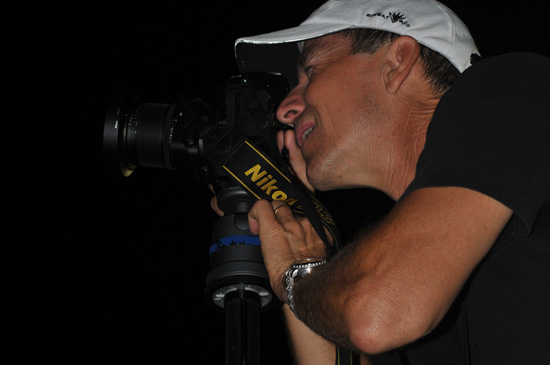See The Muppets at the historic El Capitan Theatre in Hollywood for $11 (an adult general admission ticket, $6.00 savings).

Valid for any Monday through Thursday show date and time during the run of The Muppets
(December 23, 2011 through January 8, 2012). Limited to four tickets
per D23 Membership Card. Guest must show valid D23 Membership Card to
receive the special-rate tickets.
“It’s funny, upbeat, and full of laughs for everyone… frogs, pigs,
bears… even people,” says Kermit. “For new fans, it’s a chance to see
the Muppets in action on the big screen. And for old fans it’s a chance
to get together with old friends… and get a little crazy together.”
On vacation in Los Angeles, Walter—the world’s biggest Muppet fan—his
brother Gary (Jason Segel), and Gary’s girlfriend, Mary (Amy Adams),
from Smalltown, U.S.A., discover the nefarious plan of oilman Tex
Richman (Chris Cooper) to raze Muppet Studios and drill for the oil
recently discovered beneath the Muppets’ former stomping grounds. To
stage a telethon and raise the $10 million needed to save the studio,
Walter, Mary, and Gary help Kermit reunite the Muppets, who have all
gone their separate ways: Fozzie now performs with a Reno casino tribute
band called the Moopets, Miss Piggy is a plus-size fashion editor at Vogue Paris, Animal is in a Santa Barbara clinic for anger management, and Gonzo is a high-powered plumbing magnate.



